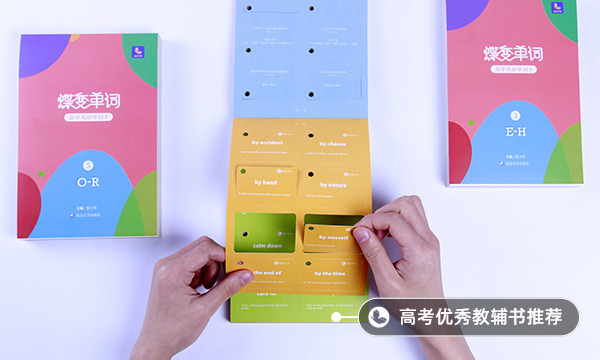-
-
with的复合结构在英语中是比较常用的句式,通常由其中形式,下面就让我们一起了解一下吧!

with的复合结构
“With +复合结构”又称为“with结构”,在句中表状态或说明背景情况,常做伴随,方式,原因,条件等状语。具体结构如下:
1. with+宾语+名词
He died with his daughter yet a schoolgirl.他去世时,女儿还是个小学生。
2. With +名词+介词短语
She said good-bye with tears in her eyes.她含着眼泪说了声再见。
He was asleep with his head on his arms.他头枕着胳膊睡着了。
3.with +名词+形容词(强调名词的特性或状态)
He often sleeps with the windows open.他常开着窗睡觉。
Don’t speak with your mouth full.不要满嘴巴食物说话。
4. With +名词+副词
He stood before his teacher with his head down.他低着头站在老师面前。
He was lying on the bed with all his clothes on.他和衣躺在床上。
5. With +名词+ -ed分词(强调名词是-ed分词动作的承受者或动作已经发生)
He sat there with his eyes closed.他闭目坐在那儿。
All the afternoon he worked with the door locked.
整个下午他都锁着门在房里工作。
6. with +名词+ -ing分词(强调名词是-ing分词的动作的发出者或某动作,状态正在进行)
He fell asleep with the lamp burning.他没熄灯就睡着了。
I won’t be able to go on holiday with my mother being ill.
因为妈妈有病,我无法去度假。
7. with +名词+ to do(不定式动作尚未发生)
I can’t go out with all these clothes to wash.要洗这些衣服,我无法出去了。
With so many people to help us, we are sure to finish it in time.
有这么多人帮忙,我们一定能按时完成。
with复合结构的典型例题
The murder was brought in, with his hands ___ behind his back。
A. being tied B. having tiedC. to be tiedD. tied
答案D. with +名词(代词)+分词+介词短语结构。当分词表示伴随状况时,其主语常常用with来引导。由于本句中名词"手"与分词"绑"是被动关系,因此用过去分词,选D.
注意:
1) 独立主格结构使用介词的问题:
当介词是in时,其前后的两个名词均不加任何成分(如物主代词或冠词),也不用复数。但 with 的复合结构不受此限制
A robber burst into the room, knife in hand.
( hand前不能加his)。
2) 当表人体部位的词做逻辑主语时,及物动词用现在分 词,不及物动词用过去分词。
He lay there, his teeth set, his hand clenched, his eyes looking straight up.